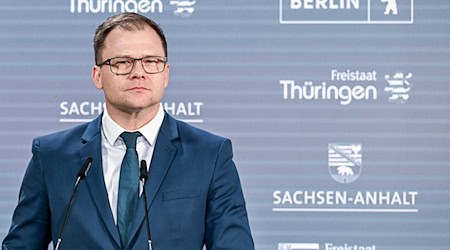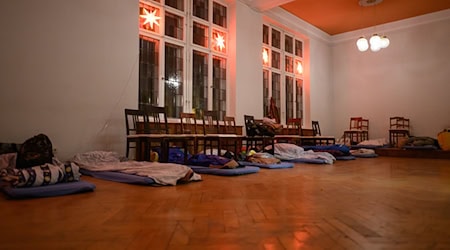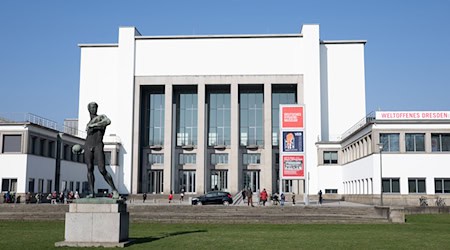Right-wing violence in Saxony increased across the board last year, according to figures from the victim advice centers. According to the figures, 328 attacks were counted, an increase of around a third (32 percent) compared to 2023. 446 people were directly affected, as reported by the RAA Saxony association.
The experts speak of an "increasingly violent right-wing takeover" since 2022. In addition, young neo-Nazis are becoming more disinhibited and aggressive. "The renewed significant increase in right-wing motivated violence in Saxony is worrying and the political climate, which has shifted further to the right in debates and election results, is no less so," emphasized Managing Director Andrea Hübler.
Leipzig and Görlitz as hotspots
More attacks were counted across the state than in 2018, when racist riots in Chemnitz led to a sharp increase. According to the figures for 2024, the city of Leipzig, the district of Görlitz and the cities of Chemnitz and Dresden saw the most attacks in terms of population; the fewest were recorded in the Vogtland and Erzgebirge regions.
The RAA Saxony statistics also include cases that are not reported to the police - for example because the victims fear discriminatory treatment by the authorities. In the case of anti-Semitic crimes, no distinction is made as to whether the perpetrators are acting out of right-wing extremist or Islamist sentiments, it said when asked. There is an "essential similarity" between the two, explained Hübler. "For us, the decisive factor is the motive behind the crime, not necessarily the perpetrator's self-identification."
Copyright 2025, dpa (www.dpa.de). All rights reserved










